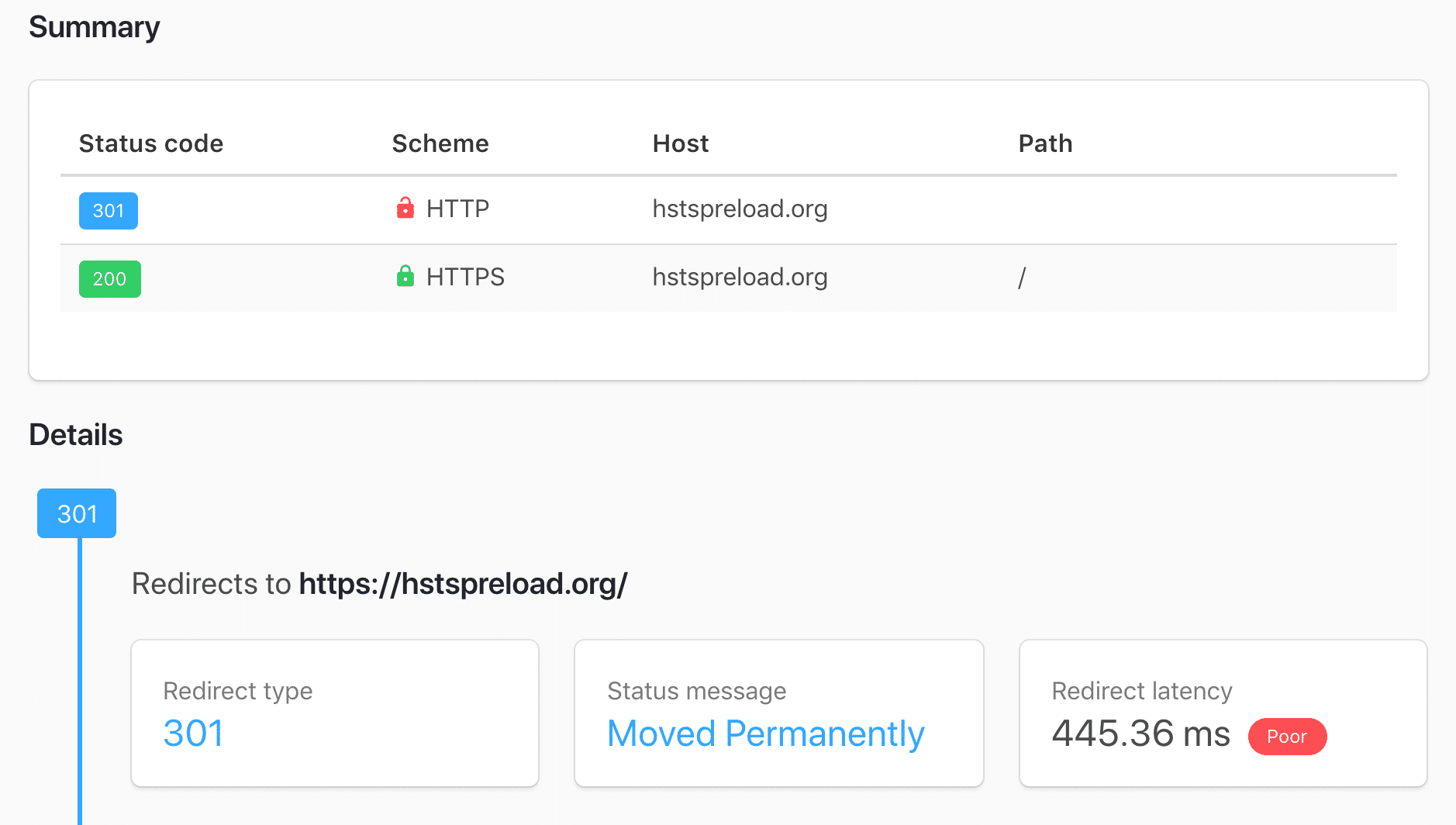HSTS Implementation and Configuration
Implementing HSTS requires careful planning and proper server configuration. The process begins with ensuring your website is fully accessible over HTTPS with valid SSL/TLS certificates. Once HTTPS is properly configured, you can add the Strict-Transport-Security header to your server responses.
The basic HSTS header syntax includes the max-age directive, which specifies how long browsers should remember the HSTS policy. For production environments, a max-age value of at least 31536000 seconds (one year) is recommended. Additional directives like includeSubDomains extend protection to all subdomains, while the preload directive enables inclusion in browser preload lists for enhanced security.
Server-specific configuration varies across different web servers. Apache servers use the Header directive in .htaccess or virtual host configurations, while Nginx implements HSTS through the add_header directive. IIS servers can configure HSTS through web.config files or the IIS Manager interface, providing flexibility for different deployment scenarios.





